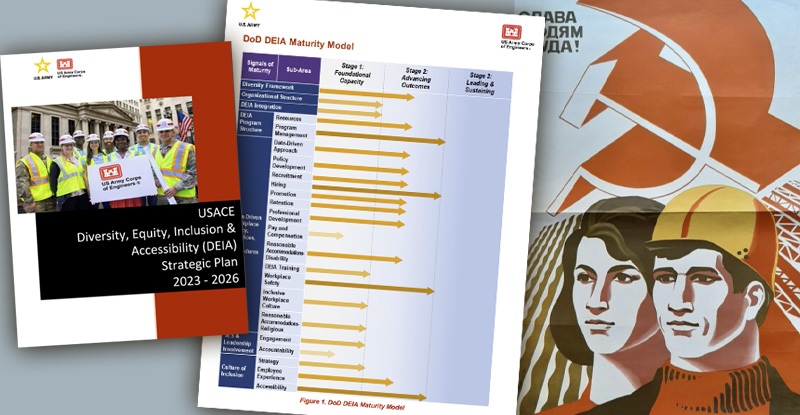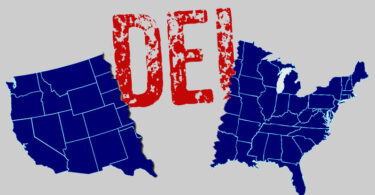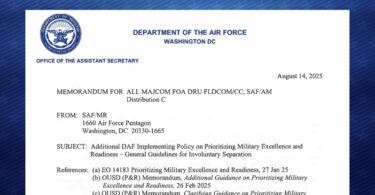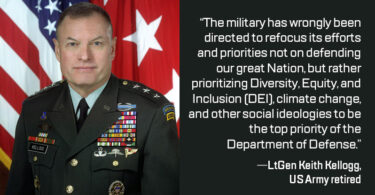By Capt. James Nault, US Navy ret
If you’re an organization that helped defend Bunker Hill from the British during the revolutionary war, helped build the Panama Canal, maintain U.S. waterways every day, etc., what could you possibly do to up your game and be even better at your core missions?
Publish a brand new Diversity, Equity, and Inclusion (DEI) Plan, of course! You can read the plan yourself here (although that might not be advisable due to the pain of wading through the buzzword jungle that such a plan embraces).
Fortunately for you, I have done the dirty work for you and am here to give you a short update (you’re welcome).
First, there actually are some good nuggets in this plan.
For example, in his introductory “vision” statement, the Commanding General of the Corps of Engineers, Lieutenant General Scott Spellmon, extols the plan’s virtues because accomplishing the Corps’ mission requires “DIVERSITY OF THOUGHT!”
I couldn’t agree more, although that is about the only place in the entire plan that you will see that idea openly stated.
In addition, the Plan states that it will accomplish its mission by focusing on “recruiting, hiring, developing, promoting, and retaining the best and brightest talent America has to offer.” Again, bravo, we should do nothing less.
The problem is that these two positive statements get all but drowned out by the woke buzzword sludge that constitutes the rest of the Plan.
For example, the Plan, in the same paragraph that talks about hiring the best and brightest, says that the Corps of Engineers “should have a workforce that reflects the diversity of the American people.”
So, which is it? Are we going to hire the best and brightest? Or are we going to hire with quotas to ensure that the workforce mirrors the racial composition of the American people?
It’s possible, I suppose, that an organization could do both at exactly the same time, but that seems unlikely, and what happens if hiring a workforce that reflects the diversity of the American people does not entail hiring the best and brightest?
What then? The Plan has no answer. But it certainly implies, since in it diversity is king, that the idea of hiring the best and brightest, while aspirational, must give way to diversity.
But should it? Well, the Plan does say that “[a] growing body of evidence demonstrates that diverse, equitable, inclusive and accessible workplaces yield higher-performing workplaces.”
But the Plan cites no evidence for that statement, and a growing chorus seems to refute that statement. See the following, not only from organizations that lean right, but from a wide spectrum of viewpoints:
- Diversity training does more harm than good
- DEI Doesn’t Work—Taxpayers Shouldn’t Pay for It
- The DEI industry really isn’t about diversity, equity OR inclusion
- The DEI Industry Needs to Check Its Privilege
I could cite dozens more articles saying the same thing, but the last one, subtitled “The worst of the industry is expensive and runs from useless to counterproductive,” and published in the left-leaning Atlantic, notes that “if DEI consultants made life better for marginalized groups or people of color or any other identifiable cohort within a given corporation or organization, or boosted corporate profits so that their fees paid for themselves, the industry could be justified on different terms. But most DEI consulting fails those tests.” . . . . (read more on Legal Insurrection)








Leave a Comment